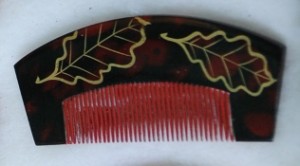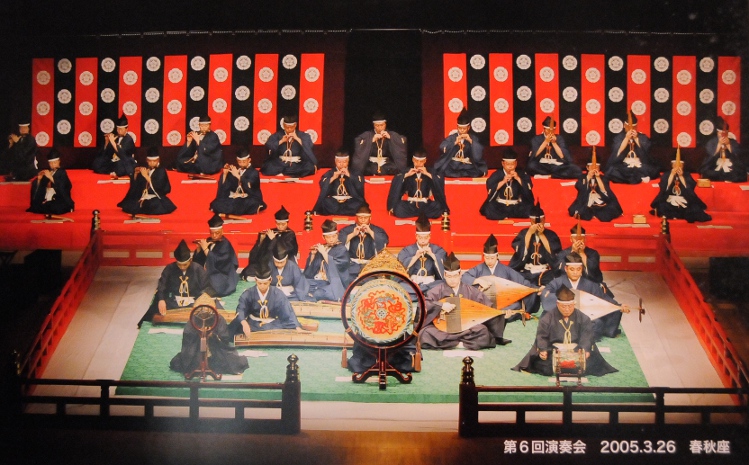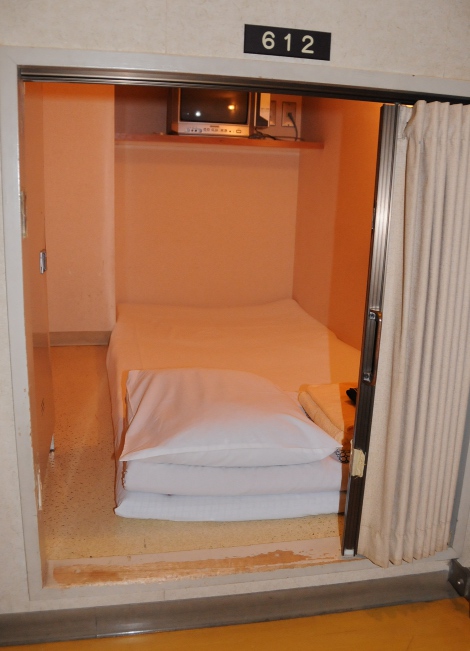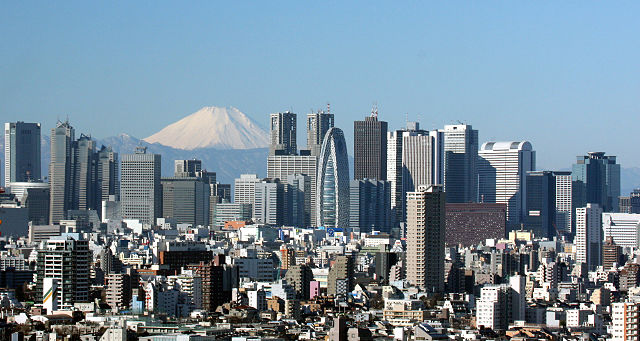When I was studying last week in the library, I got reminded of one of the things I find most annoying about Japan (Asia in general to be fair). Libraries are quite popular in Japan, many people go there not only to borrow books and leave again, but also to read, study, or work there. It could be the attraction of warmth in winter and air condition in summer of course, but let’s not be cynical. Anyway, during my stay in the library there were a number of other students, some guy who seemed to do animation on his laptop, a couple of people reading. And there was this elderly man with a pile of very thick books in front of him doing what I would describe as “research”. And annoying the hell out of me…
While I was attempting to solve grammar puzzles in one of my timed tryout tests, he started sniffling, which is the most annoying sound imaginable, even if you’re not sitting only 3 metres away in what otherwise is total silence, trying to focus on something difficult. Clearly, the problem is not really a problem had the person been an (adult) Westerner: You simply blow your nose.
Unfortunately this is exactly the issue in Japan: Blowing your nose in public is on the same level as picking it in public in the Western world: completely rude and unacceptable. Thinking about it, I cannot help wondering why this is the case (for the blowing, I mean…) It’s not as if tissues were not readily available – they are often being offered for free as advertisement for shops or events. In winter, Kleenex are sold in large 6-packs, and readily snatched up by shoppers. I have admit that sometimes I have felt the sudden urge to yell “Don’t just buy them, use them too!” Also, especially the Japanese are very considerate and neat people where everything needs to be “just so” and offending others is a no-go. But this could be part of it: That everything coming out of the body, so to speak, is considered unclean and you cannot offend others with it, while making an effort (and annoying noise) not to blow your noise is considered less offensive.
they are often being offered for free as advertisement for shops or events. In winter, Kleenex are sold in large 6-packs, and readily snatched up by shoppers. I have admit that sometimes I have felt the sudden urge to yell “Don’t just buy them, use them too!” Also, especially the Japanese are very considerate and neat people where everything needs to be “just so” and offending others is a no-go. But this could be part of it: That everything coming out of the body, so to speak, is considered unclean and you cannot offend others with it, while making an effort (and annoying noise) not to blow your noise is considered less offensive.
Anyway, the solution could be so simple: Just go to the toilet, do your business and return – hopefully without sniffling for a while. Unfortunately again, the old Japanese man did not even dream of doing that, and probably even a Japanese would have difficulties finding a polite way of suggesting exactly that.
So, there I sat, trying to focus on my test rather than counting the seconds between the noise. I managed somehow not to explode (I am so proud) and after a while the sniffles were replaced with the rhythmic, almost inaudible sound of soft snoring – he had fallen asleep…








